Description
Do you mind telling me who you are by Walter Harrison Cady printed on a T-Shirt
About the T-Shirt
Regular fit
Standard length, the fabric easily gives into movement
Casual wear
A classic, everyday option loved by our customers
Side-seamed
Constructed by sewing two parts together, creating a fitted look
The Unisex Staple T-Shirt feels soft and light with just the right amount of stretch. It’s comfortable and flattering for all. We can’t compliment this shirt enough–it’s one of our crowd favorites, and it’s sure to be your next favorite too!
- Solid colors are 100% Airlume combed and ring-spun cotton
- Ash color is 99% combed and ring-spun cotton, 1% polyester
- Heather colors are 52% combed and ring-spun cotton, 48% polyester
- Athletic and Black Heather are 90% combed and ring-spun cotton, 10% polyester
- Heather Prism colors are 99% combed and ring-spun cotton, 1% polyester
- Fabric weight: 4.2 oz./yd.² (142 g/m²)
- Pre-shrunk fabric
- 30 singles
- Side-seamed construction
- Tear-away label
- Shoulder-to-shoulder taping
- Blank product sourced from Nicaragua, Mexico, Honduras, or the US
Walter Harrison Cady (1877–1970)
Walter Harrison Cady was an American illustrator and author, best known for his Peter Rabbit comic strip which he wrote and drew for 28 years.
Cady was born in Gardner, Massachusetts, to a town selectman, Edwin Cady, who ran a local general store. His father fostered a love of nature and encouraged his art skills. Cady entered an apprenticeship with a local painter, Parker Perkins. His first publication came as early as 1894: an illustration in a supplement to Harper’s Young People (signed Walter H. Cady).
Harrison was 18 when his father was killed in Boston. He moved to New York City and within a year found work as an illustrator with the Brooklyn Eagle newspaper. His salary of $10 a week made it possible for him to support his mother; the two lived in a Greenwich Village cold-water flat. He stayed at the Brooklyn Eagle for four years, while also freelancing to other publications.
Cady’s first published comic strip was Jolly Jumpers, which ran from 1912 to 1914 via the Publishers Press syndicate.
His income increased considerably after Life editor John Ames Mitchell signed Cady as staff artist and cartoonist. This led to a long career as a newspaper and magazine illustrator, as well as numerous children’s books, featuring both fantastic and realistic animal illustrations.
Cady’s Peter Rabbit comic strip, which was based on Thornton Burgess’ Peter Cottontail stories (as opposed to Beatrix Potter’s version) was launched by the New York Herald Tribune Syndicate on August 15, 1920. He continued to write and draw the strip for almost three decades. Cady had a long association with Burgess, illustrating the writer’s books, including Happy Jack, and his daily newspaper column, Bedtime Stories. Their partnership spanned five decades, beginning with Baby Possum Has a Scare (c. 1912), The Adventures of Reddy Fox (1913), and Buster Bear Invites Old Mr. Toad to Dine (c. 1914). The series continued into the 1950s with At Paddy the Beaver’s Pond (1950), followed by the reprint The Animal World of Thornton Burgess (1962).
After his escalating success through the 1920s, Cady and his wife Melinna decided to take an extended vacation. Touring Europe for two months in 1931, they visited London, Paris, Avignon, Brussels, Arles, Amsterdam, Rome, and Venice.
Cady was very prolific, illustrating over 70 years for such publications as St. Nicholas Magazine, Boys’ Life, The Saturday Evening Post, Ladies’ Home Journal, Good Housekeeping and Country Gentleman. He illustrated the Queen Silver-Bell series by Frances Hodgson Burnett.
In addition to his extensive illustrating of others’ books, Cady also authored several books with his own illustrations, including his Butternut Hill series (1929), Johnny Funny-Bunny’s Picnic Party (1928) and Spring Moving Day (1928).
When he retired in 1948, Vincent Fago took over the Peter Rabbit strip. Avon published Cady’s Peter Rabbit Comics in 1947.

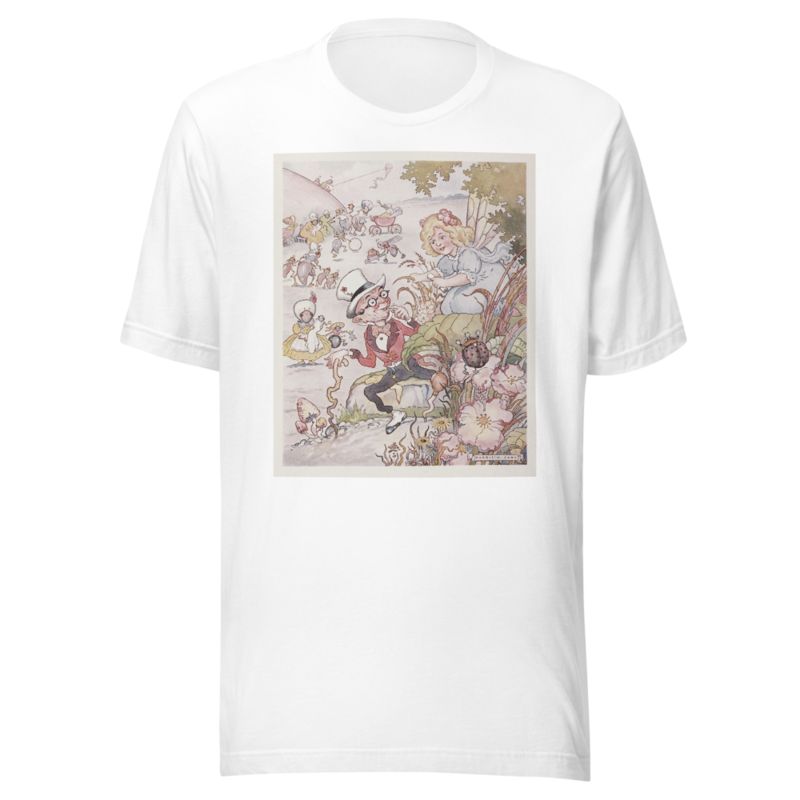
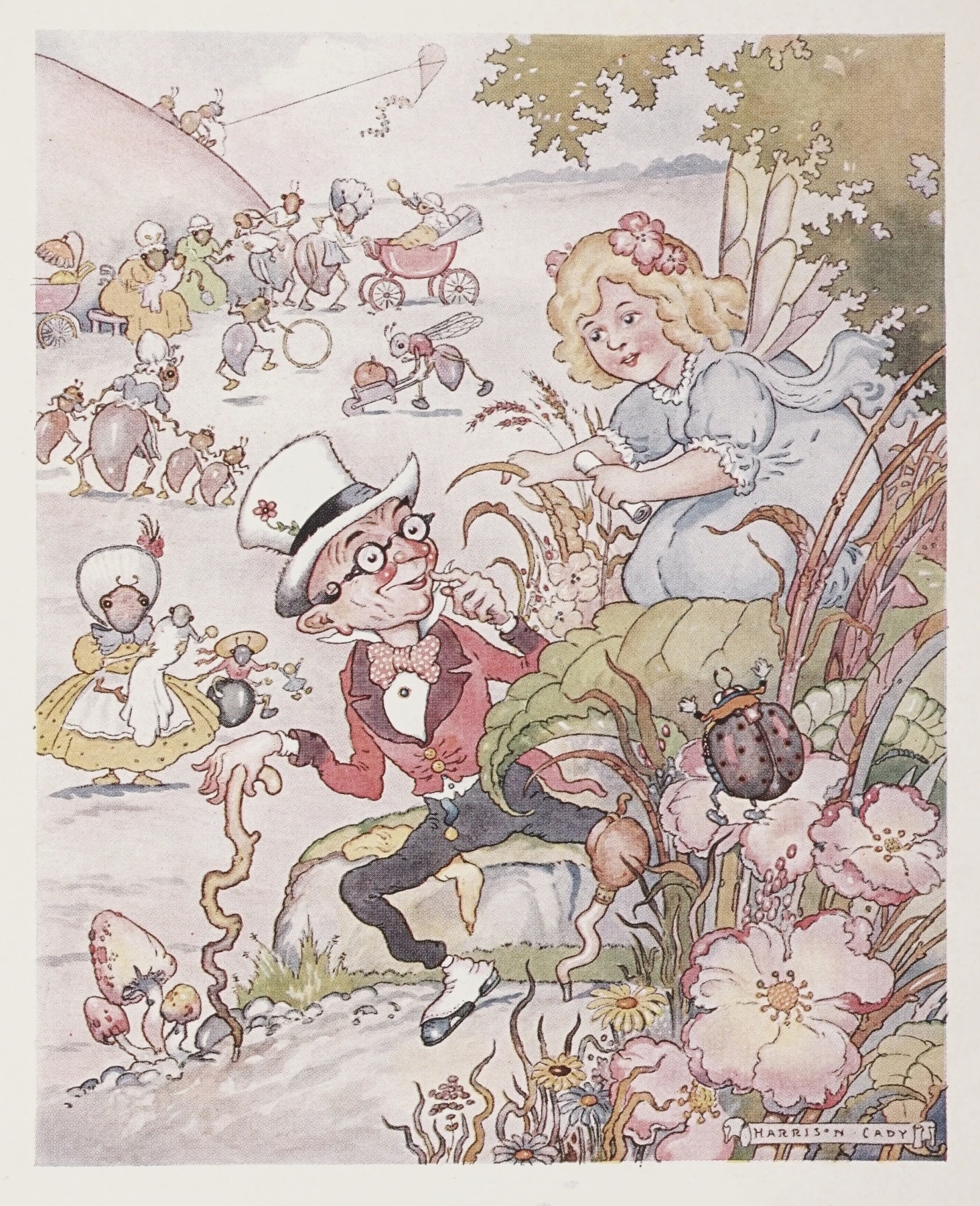
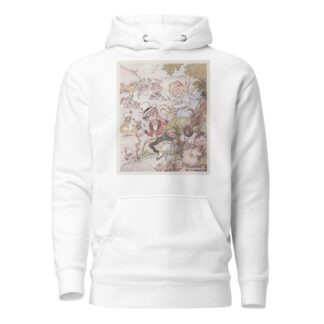
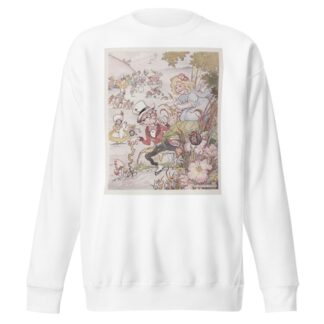
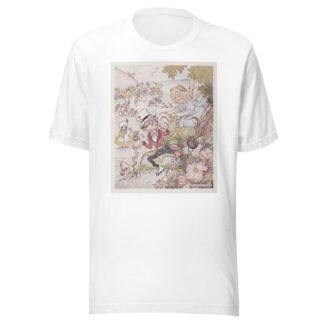
Reviews
There are no reviews yet.